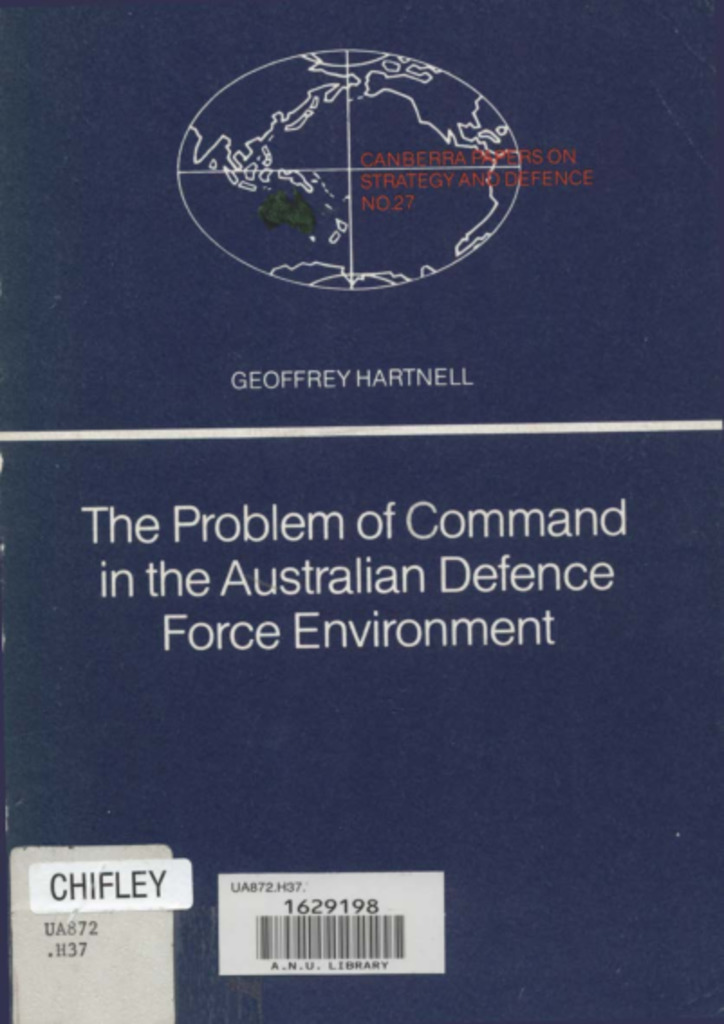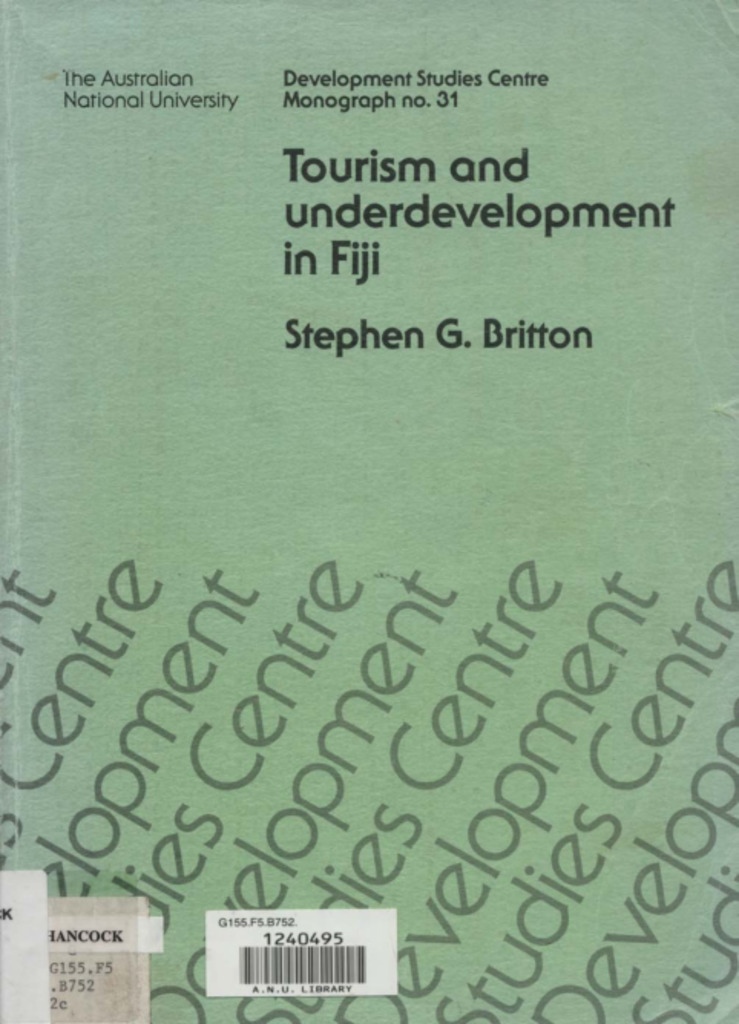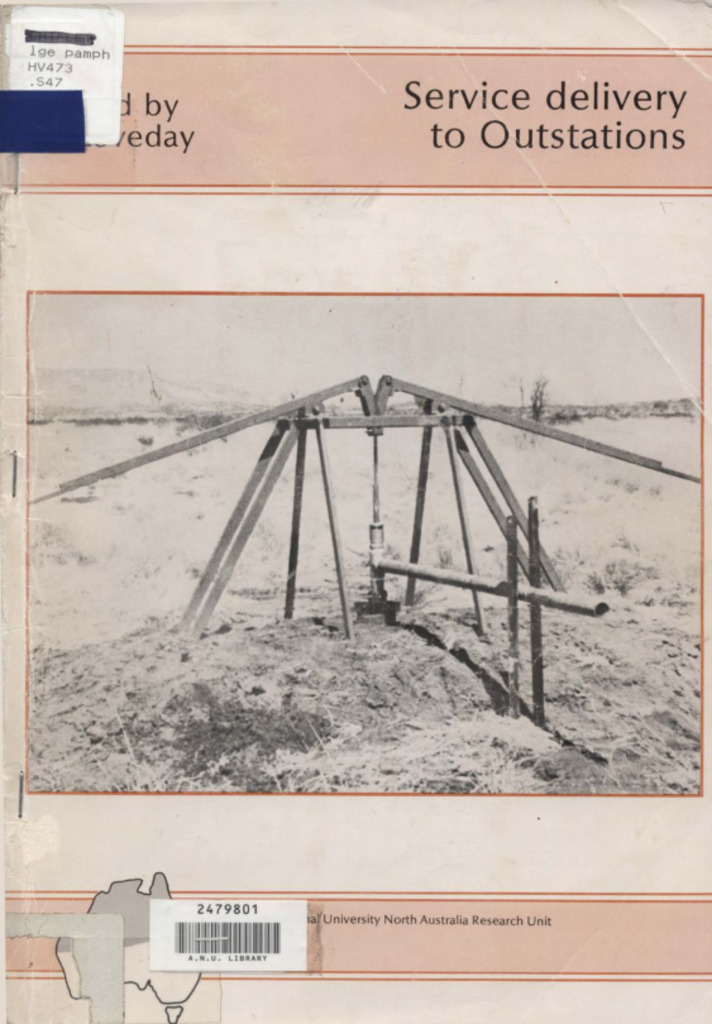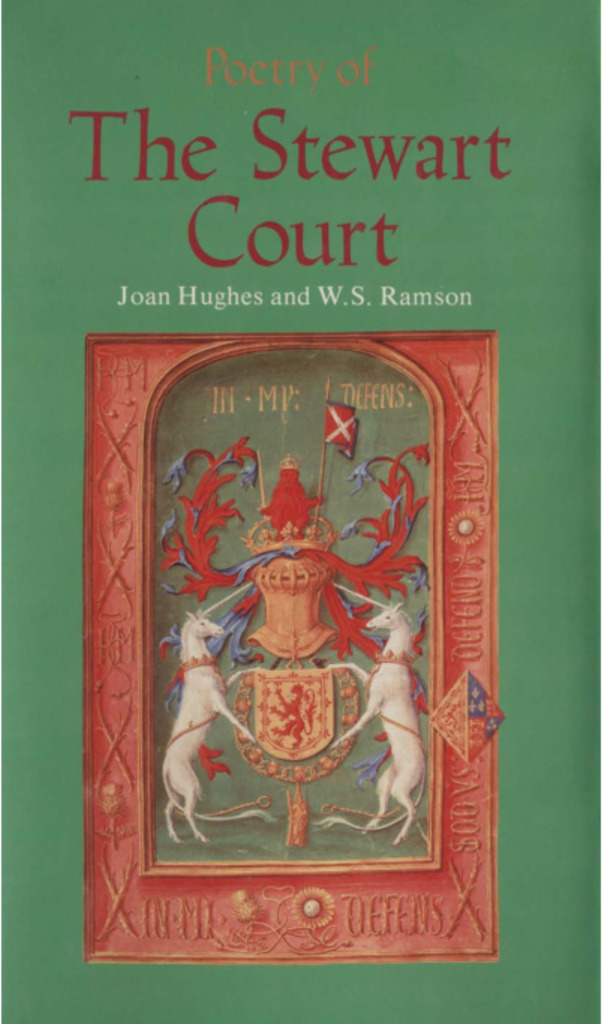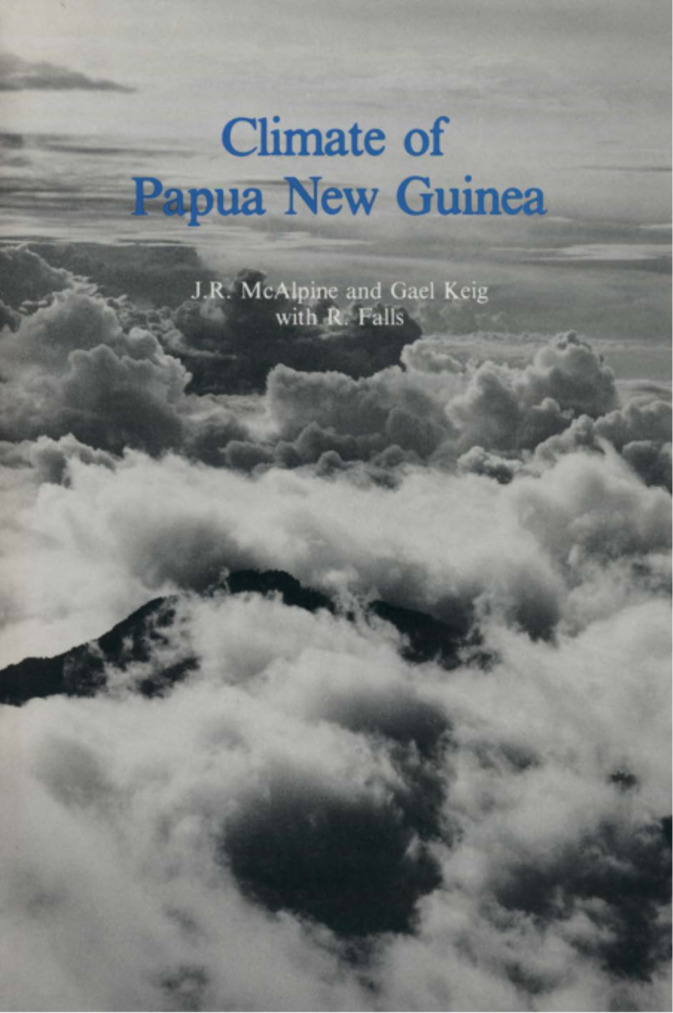
Climate of Papua New Guinea »
Publication date: 1983
This book presents the first comprehensive study of the climate of Papua New Guinea. It is based on an exhaustive analysis and interpretation of the basic meteorological data from the country's extensive recording station network, a network which resulted from the need for accurate weather information for the operation of widespread airstrips in an otherwise inaccessible interior. The data collected made it possible to undertake a climatic survey and analysis for Papua New Guinea which is perhaps unique in its spatial extent and time span for a less developed country. The analysis has revealed the inadequacy of currently held theories of the major climatic controls operating in the region for explaining the various climatic patterns found there. The first chapters present a treatment of regional climatic controls which is in part entirely new. This explanation is then used as the basis for the succeeding chapters on specific climatic elements, the water balance and climatic classification. Papua New Guinea is a land of many and varied cultures, each with its own traditional agricultural practices which have often evolved in response to climatic factors. Climate is also of major importance in planning and implementing many resource development projects such as the construction of roads and of hydro-electric power stations. For these reasons this book is directed to agriculturalists, engineers, planners and students as well as to professional meteorologists.
